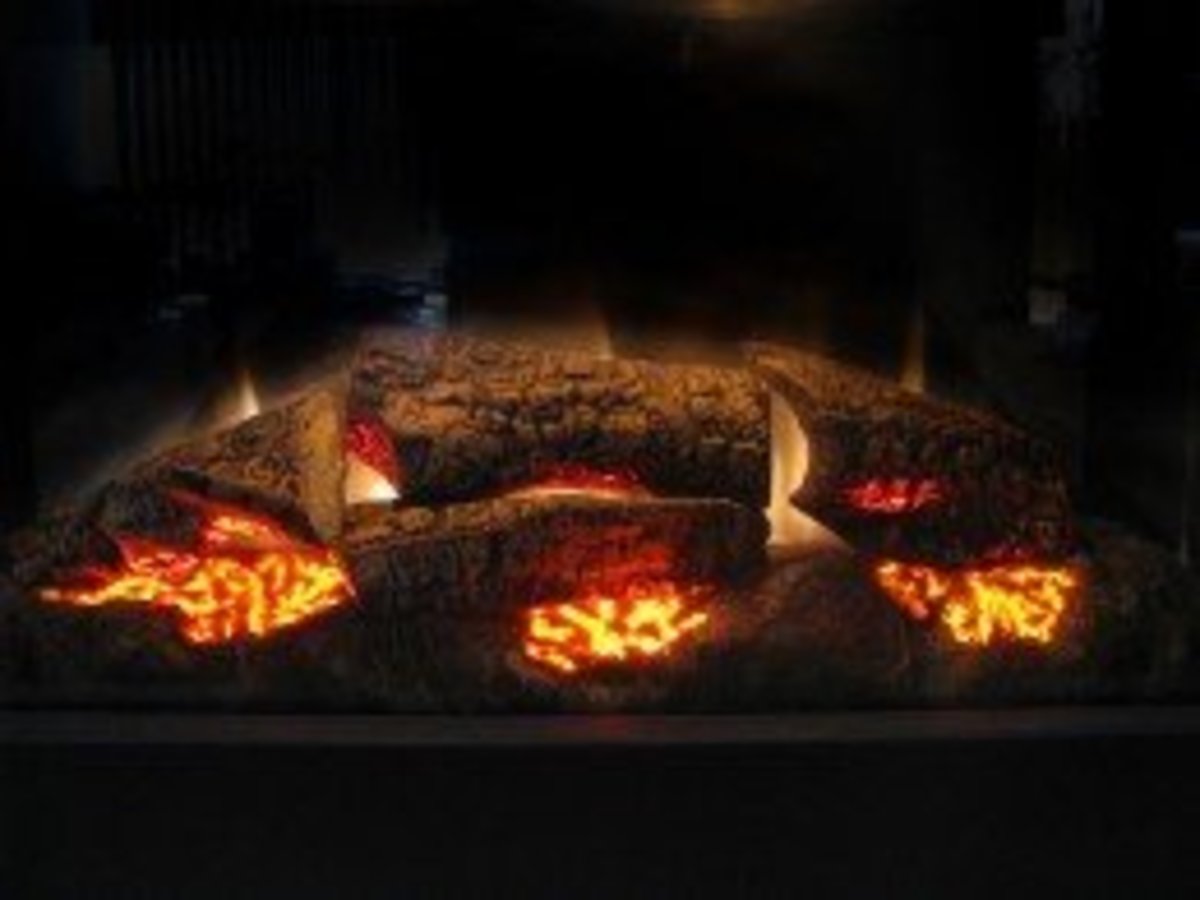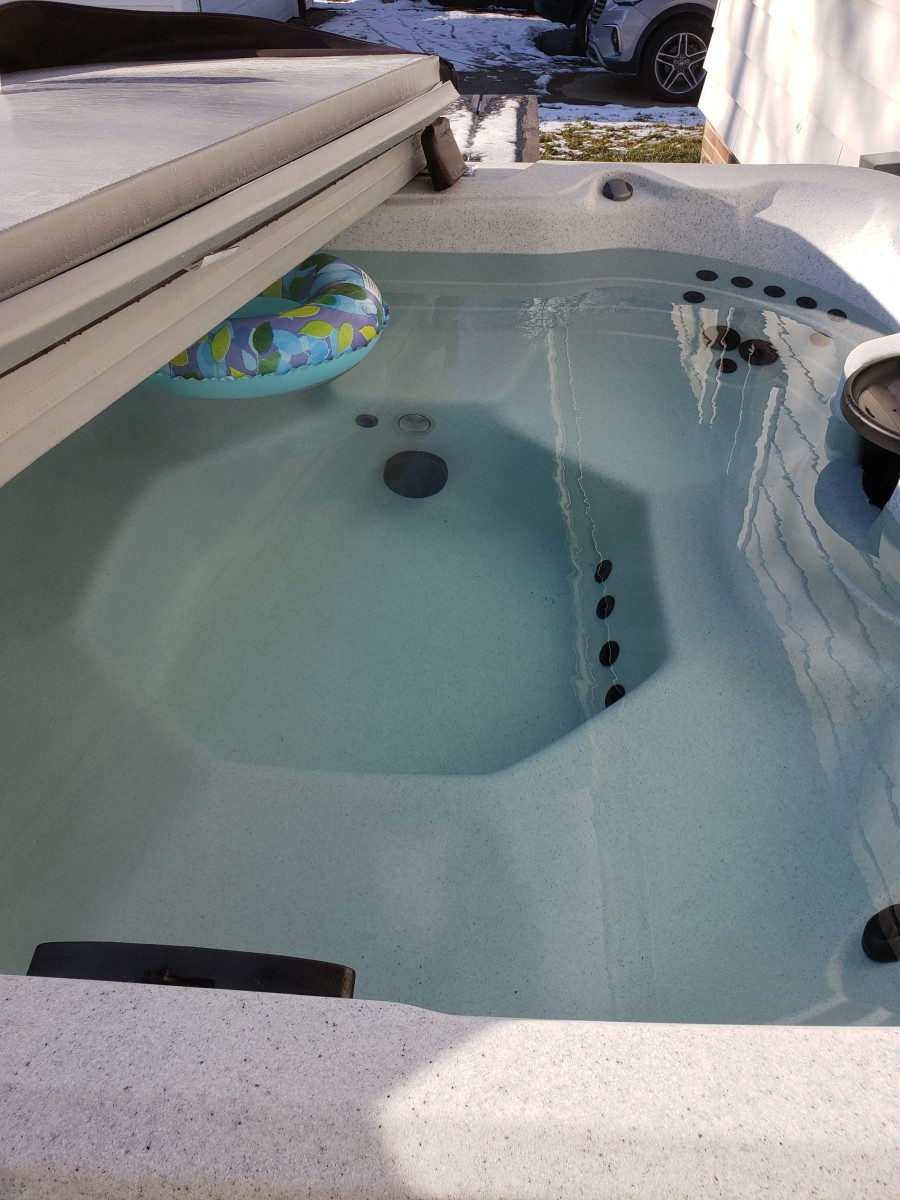From Rocks to Riches: How I Turned a Lawnmower Nuisance Into a Neighborhood Disneyland
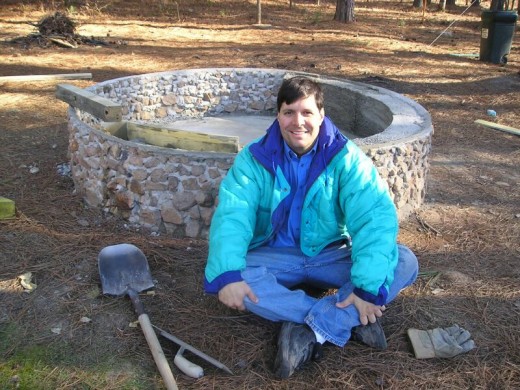
A couple of weeks ago I began renovating the fountain in my backyard, which I built myself literally from the ground up during the winter of 2006. For years now I have been proud of recounting the improbable and dramatic story behind its construction. It’s given my confidence a boost when it was down, lifted up my spirits, and even acted as a photographic chick-magnet of sorts.
Alas, the elements have not been kind to it in the years since. Ice, falling debris, and erosion have begun to eat away at its beauty. I took some remedial steps to reverse the trend, but before I detail my renovation, it’s best to turn the clock back and look at how it originally came into being.
Since my acquisition of the property in 1999 the enormous number of large rocks around my Georgia home had been a source of fury and frustration for me. Two lawnmowers were wrecked by vicious encounters with mysteriously appearing rocks which blew out their blades and burned their motors up. I was convinced that rocks were coming up out of the ground like mushrooms. I quickly learned the fallacy of the scientific claim that rocks date from millions and even billions of years ago. The rocks in my yard reproduced like flies and fully matured in a day or two.
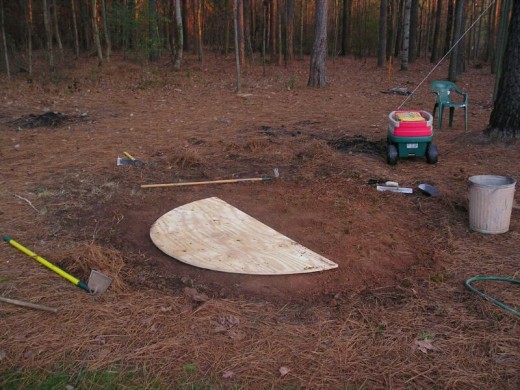
Every time a rock would tear up one of my shoes, blow out a lawnmower, or cause one of my children to trip and end up in the intensive care ward of the local hospital, I picked it up and quarantined it in a big pile on the edge of the lot. I seriously considered putting a fence up around the rocks to make sure they wouldn’t escape. The falsehoods of science claim that rocks are inanimate, but this wasn’t true of my rocks. They were Olympic athletes, every one of them, and no sooner would I put one in a pile than it would chase after me, make obscene gestures and threats, and stalk me.
I thought about taking a hammer to every rock that tried to kill me or destroy my family, and smash it to smithereens, but experience soon proved that this was a waste of time and did more harm than good. Rocks have a well-organized international mafia, and if you kill one you can be sure the cousins, the brothers, the various capos of the Rock Mafia will find you and will avenge the loss of their beloved Vinny or Guido or Sal. I learned something else about rocks. Every one of them is named Vinny, Guido or Sal.
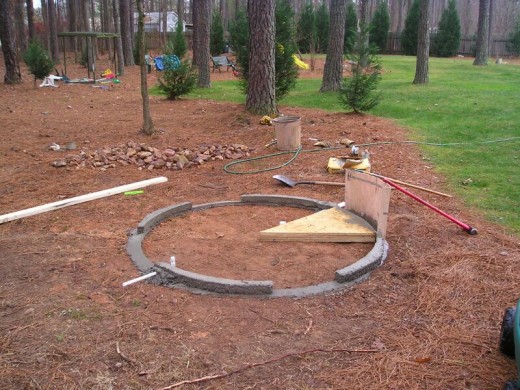
I was sure that if I didn’t take drastic steps my body was going to end up in a concrete pillar of the next new sports stadium to be built in New Jersey. I had to compromise with the Rock Mafia. I couldn’t beat them. I needed to give them a concession of some kind—maybe permit them to collect parking revenues from visitors to my estate, provide garbage removal services on the property, or else allow them unfettered access to photograph me in compromising positions.
Sal didn’t like this idea because my estate didn’t have enough visitors; and Vinny told me there wasn’t much profit in garbage; and Guido rudely gave me the worst news of all: that not a human being on the planet would bat an eye to see me in a compromising position—let alone pay for the privilege. We had to table the negotiations and start afresh.
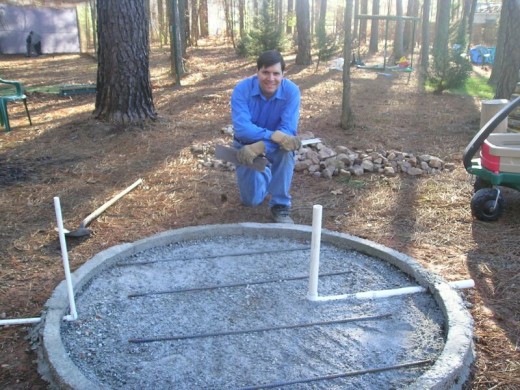
One night, in an extraordinary moment of inspiration, Sal (or it might have been Guido) gave me an important hint in one of my nighttime dreams.
“Say, Jimmy,” Guido or Sal said, “no matter what you do ya gotta remember somethin’. Us rocks stick together. No matter what you do, we’re gonna stick around and we’re gonna be together. So DEAL WITH IT!”
I awoke with a dry mouth, covered with sweat, trembling with fear. There were rumors that the New York Jets or some team wanted a new stadium full of luxury boxes in New Jersey and I just knew that my body was going to be used as filler in the foundation of that luxury box. “We’re gonna be together!” I kept hearing Guido and Sal tell me. “TOGETHER!”
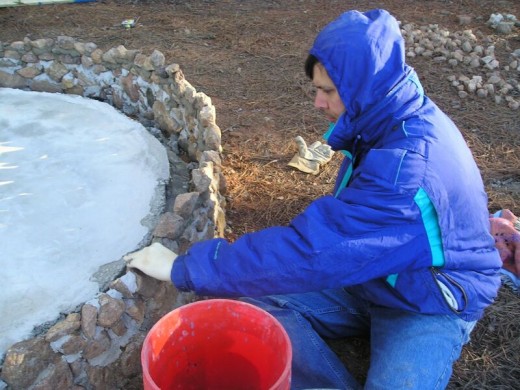
It was at this point that I arrived at a compromise. The image of being trapped in concrete kept haunting me. Why not turn the tables on these Rock Monsters and trap THEM in concrete? I would have to trick them into thinking it was a good thing. I would do that by playing on their desire for togetherness.
“What about if I mortar you into a wall,” I imagined telling Vinny, “form you into a circle, backfill you with concrete, then submerge you with water that a pump can shoot through the air?”
The keywords “concrete”, “circle”, “submerge” and most importantly “shoot”, grabbed Vinny’s attention.
“A helluva good idea,” he said and then slapped me on the back with his quartzite underside. “You make it happen like so, and we won’t do nothin’ or say nothin’ to you ever again.” [To be continued]
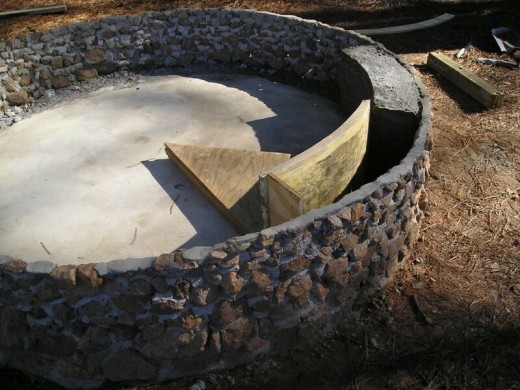
© 2015 James Crawford


